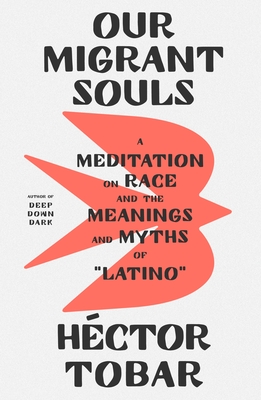Chapter 7: Secrets
byChapter 7: Secrets, During the 1980s and ’90s, the term “Latino” began to take on greater significance as a result of the new wave of migration from Latin America. This shift sparked an increased visibility and appreciation of Latino culture, particularly among younger generations seeking to define and celebrate their identities. One of the most prominent figures associated with this cultural moment is Frida Kahlo, a Mexican artist whose powerful self-portraits became emblematic of the complexities and contradictions that characterize the Latino experience. Kahlo, of mixed German-Jewish and Indigenous ancestry, represents the intersections of race, culture, and identity that many Latinx individuals navigate today. Her work, especially pieces like “My Grandparents, My Parents, and I,” explores the blending of cross-racial and cross-ethnic identities, offering a narrative that is at once personal and universal. Kahlo’s art became a powerful tool for individuals to reflect on their own relationships with culture, ancestry, and the societal pressures to assimilate.
Kahlo’s deep engagement with her Indigenous roots, despite not always explicitly identifying as Indigenous, reflects the broader complexity of Mexican identity. In her works, she integrated Indigenous symbols and traditional clothing, blending these elements with personal and cultural expressions to depict a multifaceted view of her heritage. This blending speaks to a broader Latino experience, in which individuals often grapple with the tension between embracing one’s cultural background and the pressures to conform to mainstream or Anglo-Saxon ideals. Kahlo’s ability to create art that embraced this duality, however, has been critiqued by some as cultural appropriation, raising important questions about the ownership and authenticity of cultural representation. These debates about cultural appropriation in Kahlo’s art reflect the wider issue within Latino communities, where racial mixing and the erasure of certain cultural aspects have often been hidden or suppressed.
The narrator’s personal family history also sheds light on the complexities within the Latino identity, particularly how racial mixing and hidden ancestries shape individual experiences. One such story is that of Ramón, a relative born from an extramarital relationship, who was raised by a wealthy family. Ramón’s experience illustrates how the intersection of race, class, and familial secrets often complicates the understanding of one’s identity in Latin American contexts. This narrative not only brings to light the experience of mixed heritage but also reflects a broader theme of shame and secrecy that can be pervasive within Latino families. The hidden nature of such stories speaks to the broader Latino experience of grappling with identity, where individuals may feel the need to either fully embrace or conceal their racial and cultural backgrounds due to societal pressures or historical traumas. These hidden truths are not unique to this particular family, but are common within Latino communities across the world, where the legacies of colonization, racial mixing, and societal discrimination have shaped how people relate to their heritage.
The term “Latino” itself, like “Hispanic,” is mired in historical complexities, rooted in centuries of colonization, violence, and the complex interactions between Spain and various Indigenous cultures in Latin America. The term has become a catch-all category that often obscures the nuanced realities of race and ethnicity that exist within Latinx communities. These terms are frequently used interchangeably, though they fail to fully capture the diverse identities within the Latinx population, leading to confusion and misunderstanding. Ethnic identity, especially within the Latino experience, is not a fixed or easily defined concept but rather one that is fluid, shifting across generations, and shaped by a myriad of historical and cultural encounters. The fluidity of identity within Latino communities speaks to the complexity of constructing these identities in the first place—one that is influenced by lived experiences, cultural encounters, and the ongoing process of self-discovery.
Through the experiences of figures like Frida Kahlo and Gloria Arellanes, the text highlights the tension and beauty found in navigating mixed-race lineages. These individuals exemplify how the understanding of heritage is not static but unfolds through time, as individuals connect with both their family histories and the larger cultural context in which they live. The fluid and often contradictory nature of identity in the Latino experience invites both introspection and celebration. For many, it is a process of reclaiming their heritage, while others may wrestle with the legacies of racial and cultural mixing that have been erased or hidden in the past. Ultimately, the text invites readers to understand the Latino identity not as a monolithic or static concept but as a rich, evolving narrative shaped by personal histories, collective memory, and the ongoing struggle for recognition and self-acceptance.

